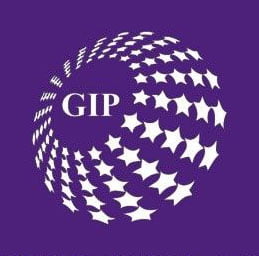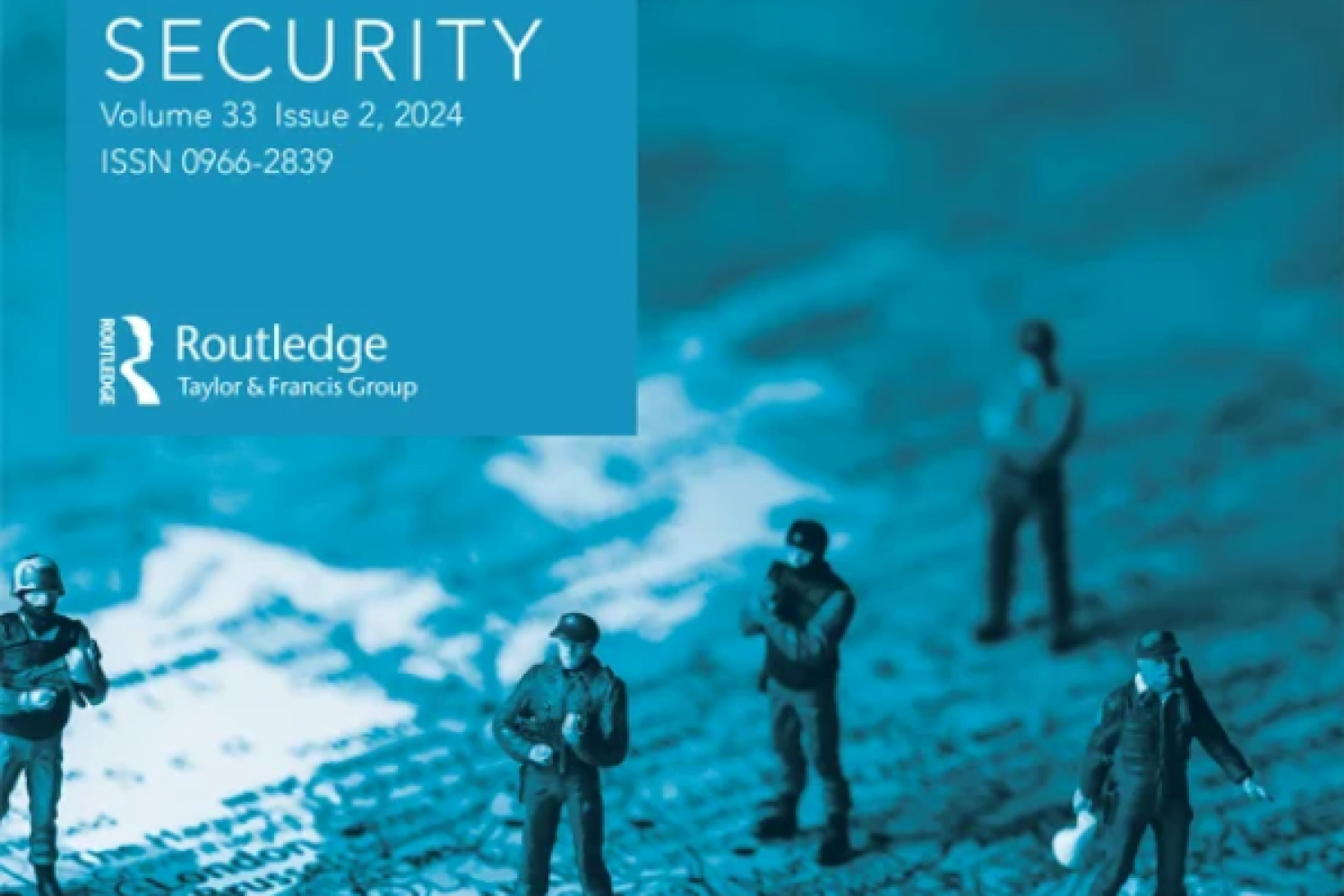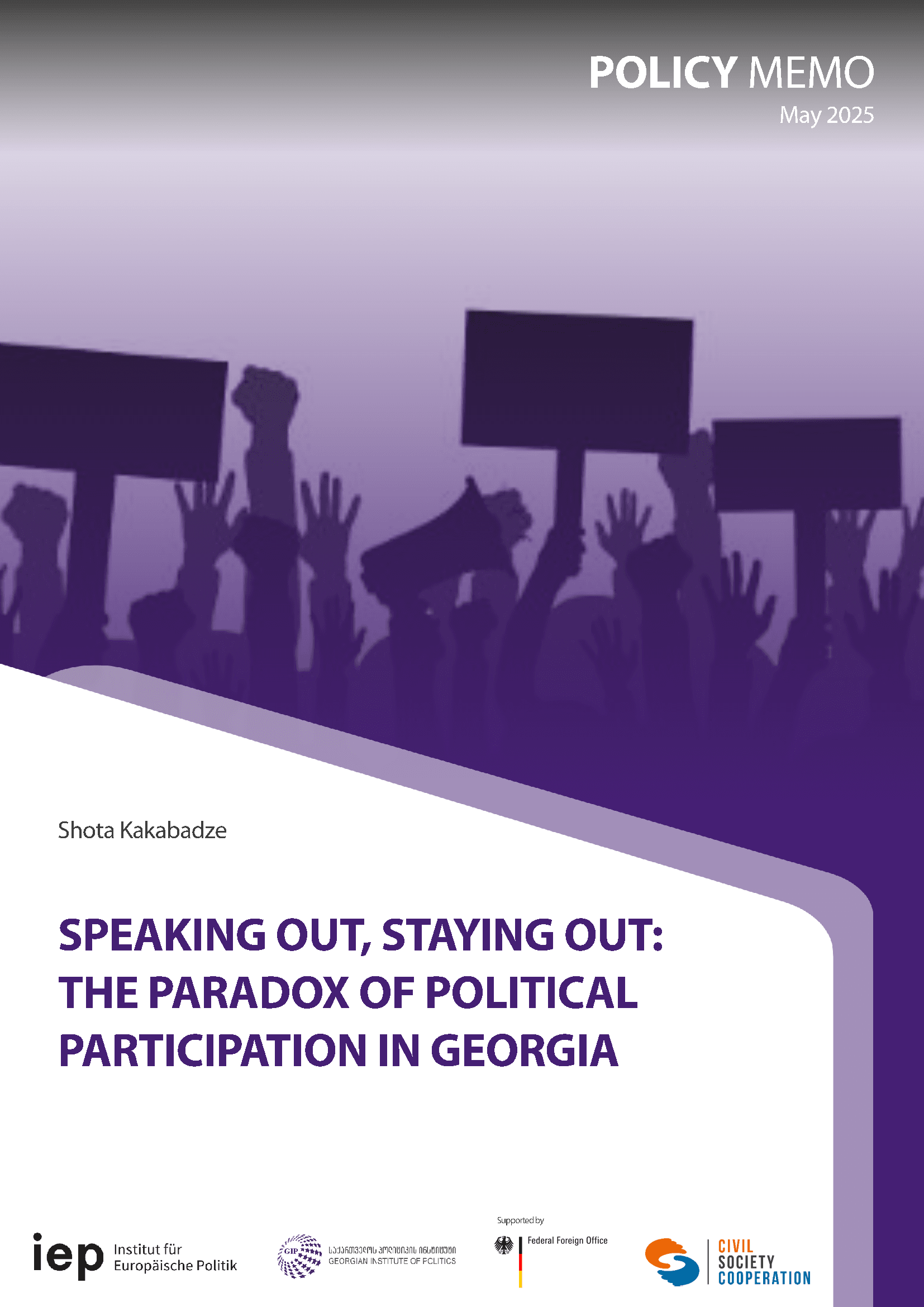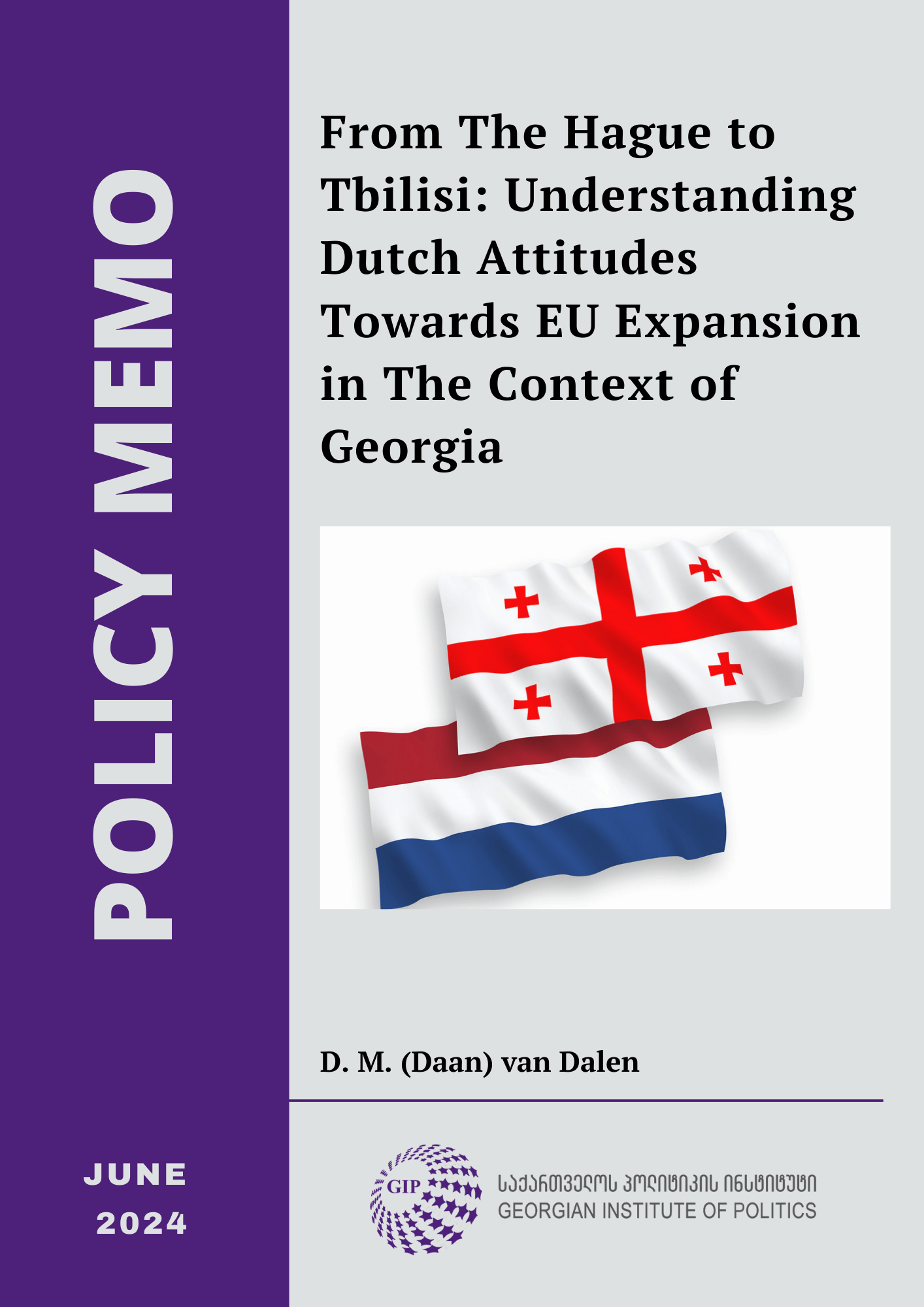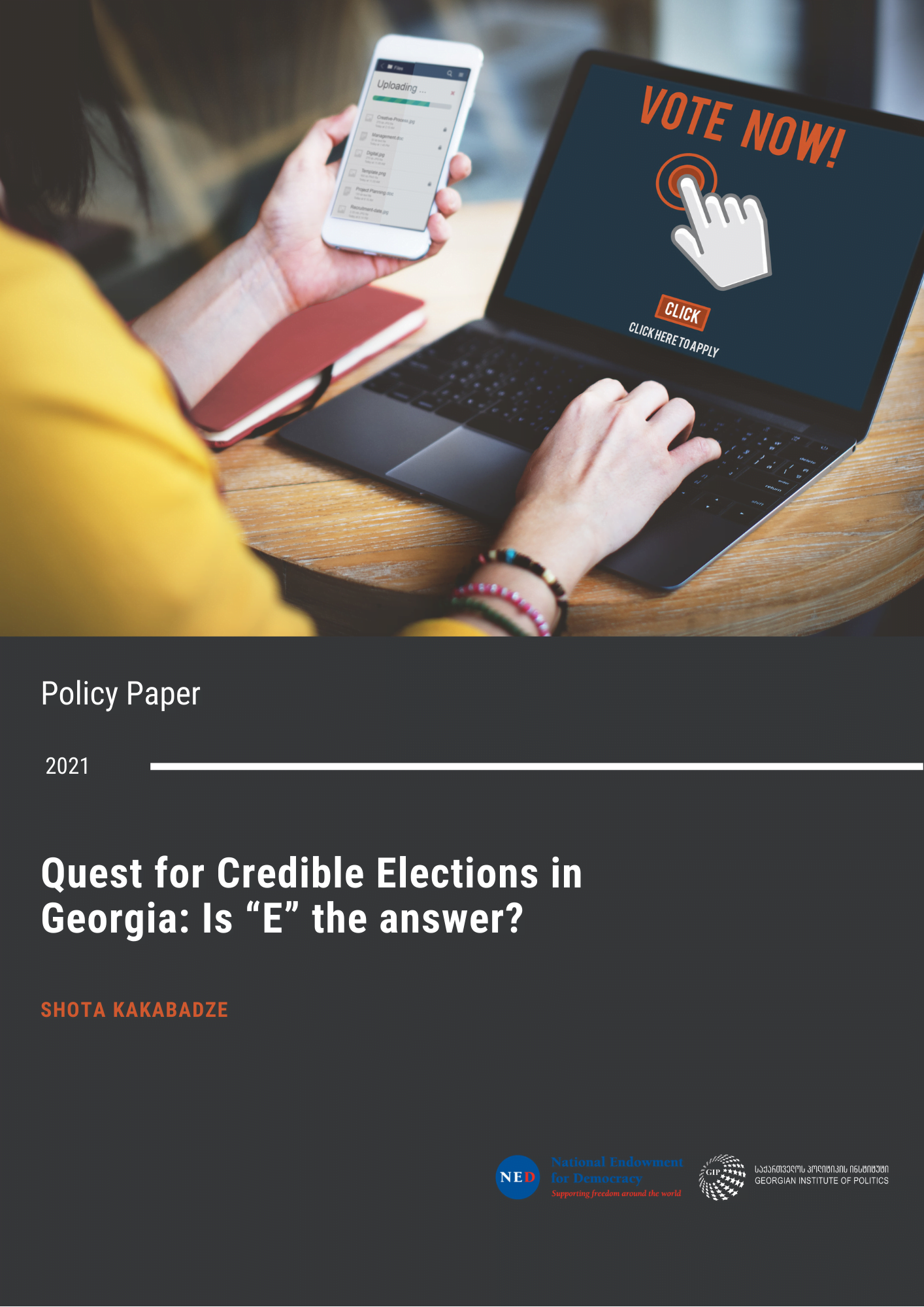© Originally published by Taylor & Francis
Prof. Kornely Kakachia, the Director of the Georgian Institute of Politics, along with Policy Analysts Dr. Bidzina Lebanidze and Dr. Shota Kakabadze, authored the article “Transactional hedging versus value-based hedging: how small frontline states balance between European integration and Russian influence” for the Taylor & Francis online journal “European Security.”
ABSTRACT
The Russian invasion of Ukraine significantly altered the security dynamics in the Eastern Partnership (EaP) region, placing Moldova and Georgia, two frontline states on the EU’s periphery, in precarious positions that threaten their security and stability. This article examines how these states manage their foreign policies between EU alignment and security risk management, given their status as candidates for EU membership while facing dire security challenges from the Russia-West geopolitical rivalry. We argue that both countries have resorted to hedging strategies to mitigate the immediate security and economic risks stemming from the geopolitical competition/conflict between the West and Russia. However, there is a significant difference: Moldova’s hedging has been limited to risk management vis-à-vis Russia and accompanied by Chisinau’s close normative and institutional alignment with the EU – a value-based hedging. In contrast, Georgia has maintained an equidistant stance between the two influential regional actors, an approach that goes beyond security-driven hedging. It represents a transactional hedging – an attempt to distance from the EU’s normative script and adopt a genuine multi-vector foreign policy.
